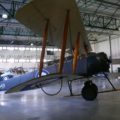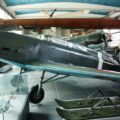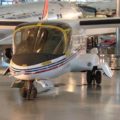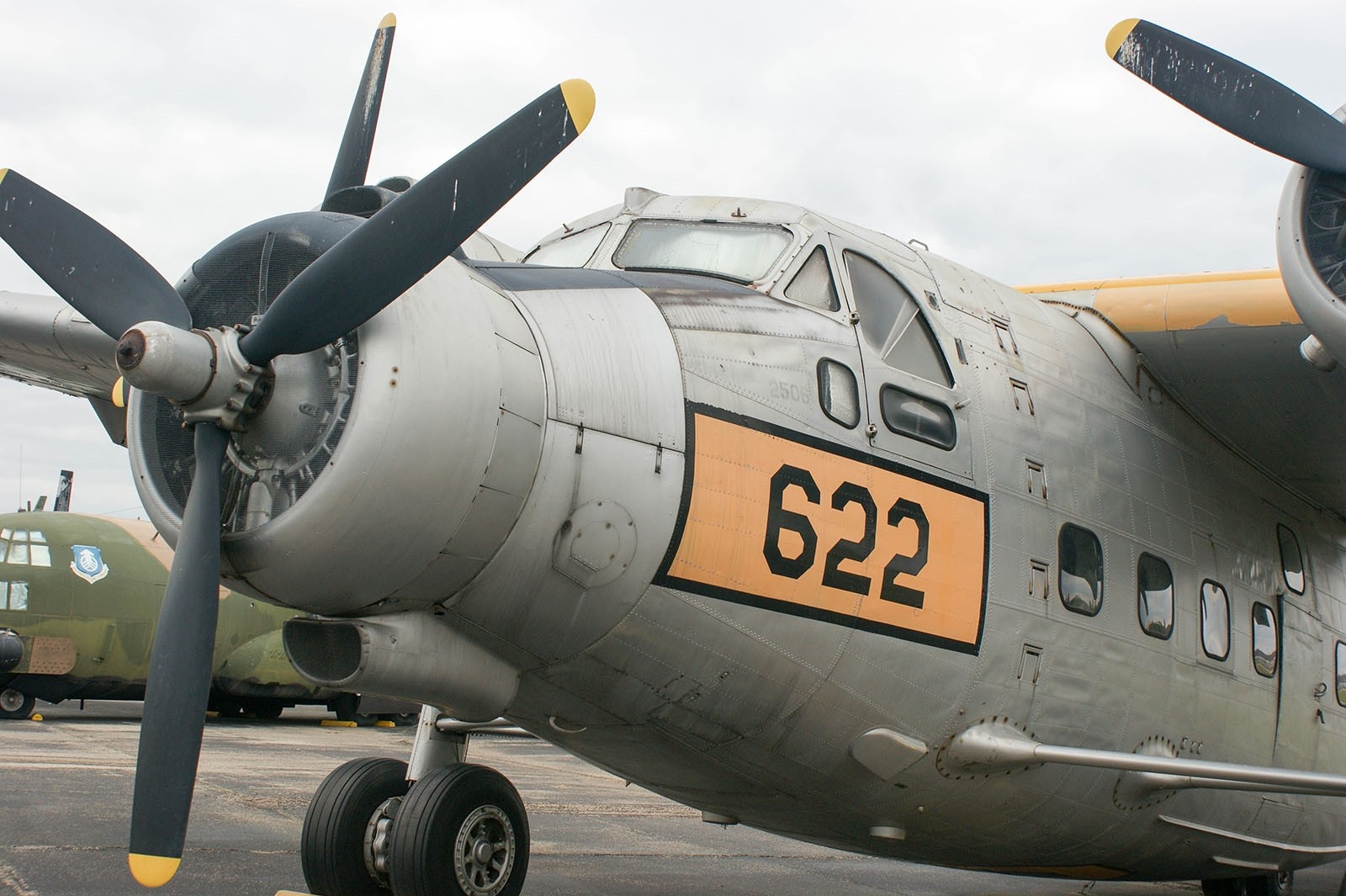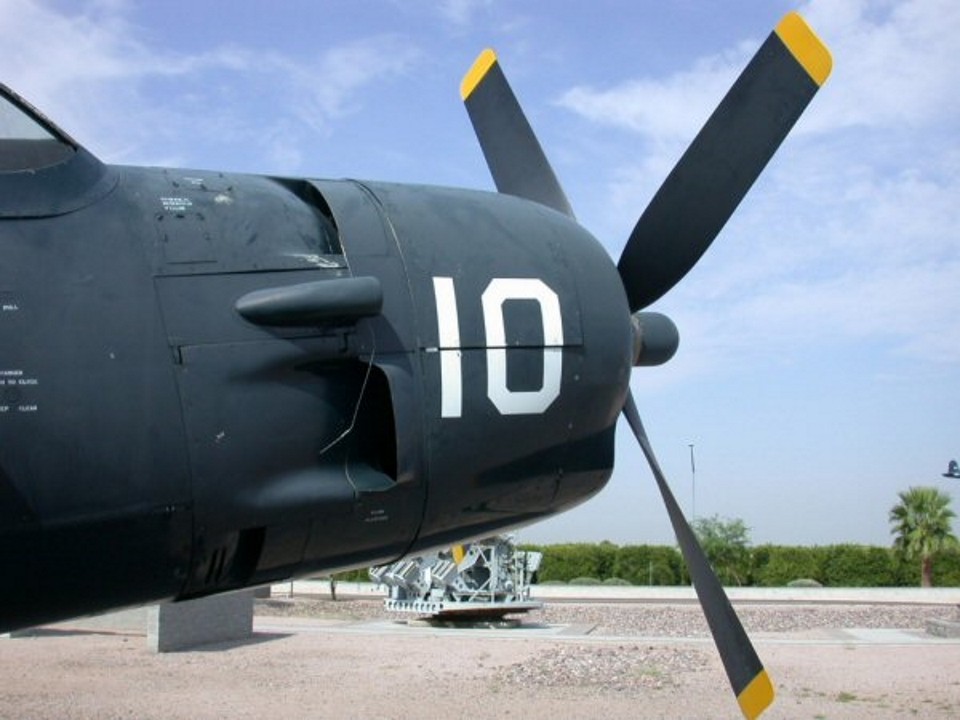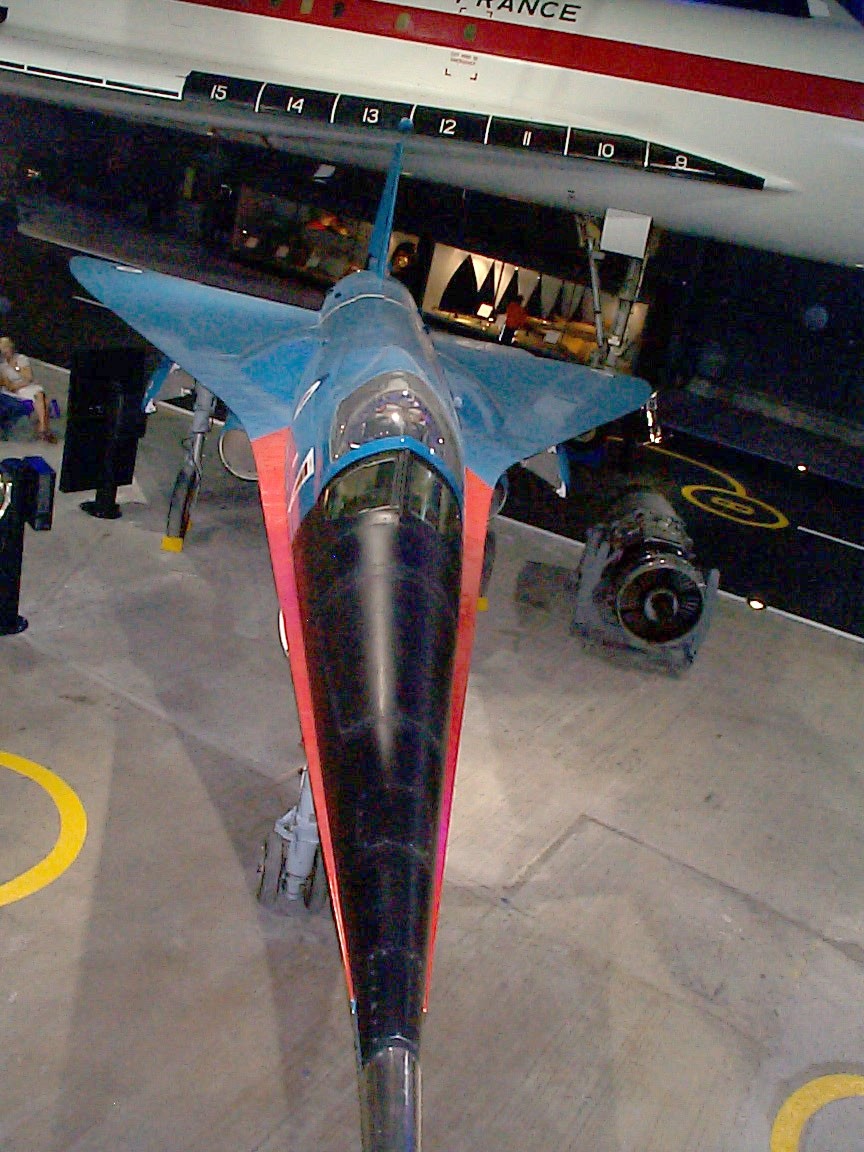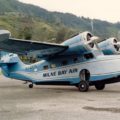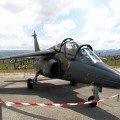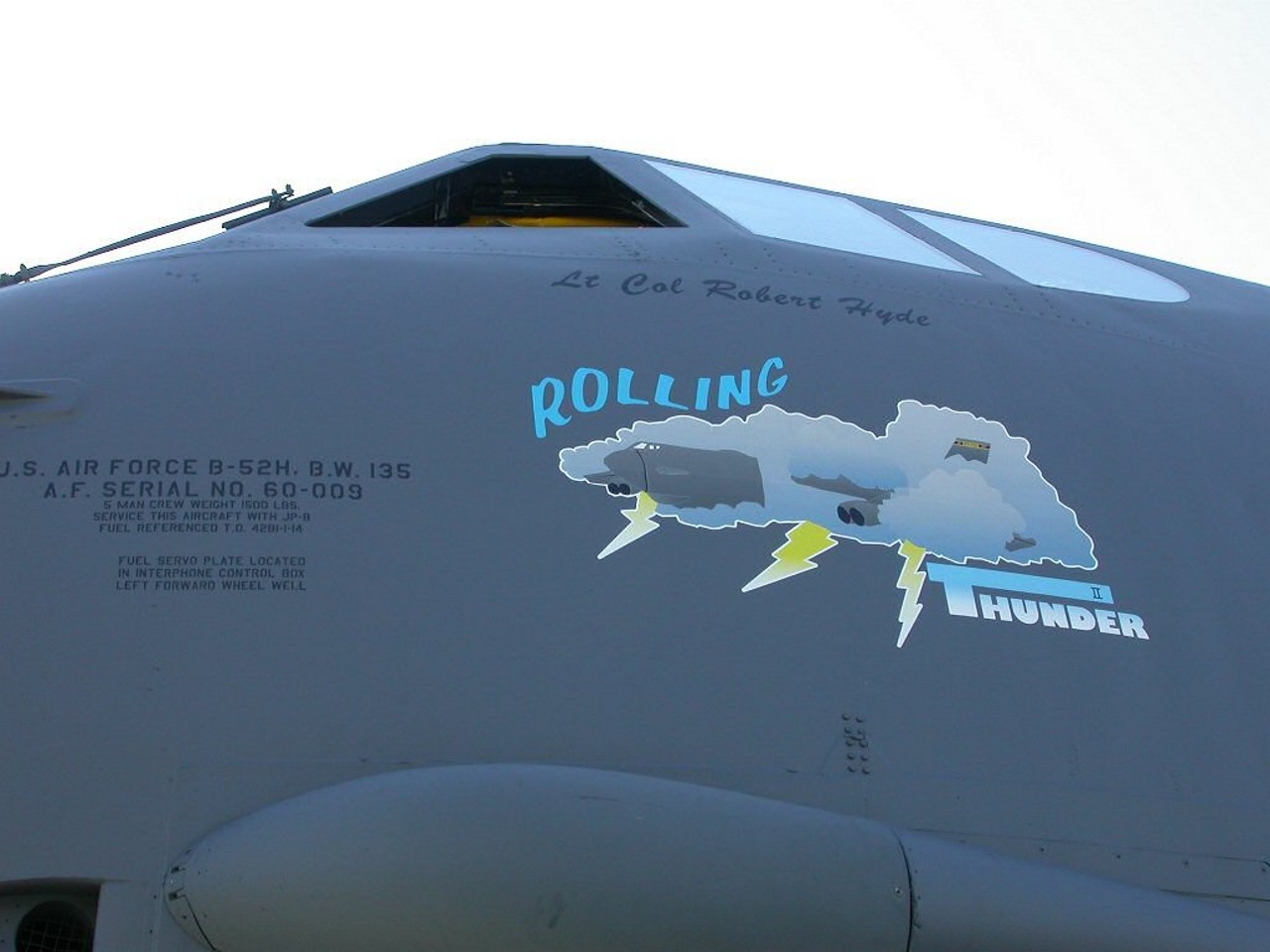
Avro Canada VZ-9 Avrocar | |
|---|---|
| Land | Usa |
| Roll | Experimentellt VTOL-fordon |
| Första flygningen | 12 november 1959 |
| Byggd | 2 |
The Avro Canada VZ-9 Avrocar was a VTOL aircraft developed by Avro Canada as part of a secret U.S. military project carried out in the early years of the Cold War. The Avrocar intended to exploit the Coandă effect to provide lift and thrust from a single “turborotor” blowing exhaust out the rim of the disk-shaped aircraft. In the air, it would have resembled a flying saucer. Originally designed as a fighter-like aircraft capable of very high speeds and altitudes, the project was repeatedly scaled back over time and the U.S. Air Force eventually abandoned it. Development was then taken up by the U.S. Army for a tactical combat aircraft requirement, a sort of high-performance helicopter. In flight testing, the Avrocar proved to have unresolved thrust and stability problems that limited it to a degraded, low-performance flight envelope; subsequently, the project was cancelled in September 1961.
| Avro Canada VZ-9AV Avrocar Walk Around | |
|---|---|
| Photographer | Vladimir Yakubov |
| Localisation | National Museum of the USAF, Dayton |
| Photos | 39 |
Hitta kit på eBay:
Relaterade satser:
The Avro Canada VZ-9 Avrocar was a Canadian experimental aircraft designed in the 1950s to explore the concept of a circular wing. The Avrocar was intended to be a vertical take-off and landing (VTOL) vehicle that could hover and fly at high speeds. The project was funded by the Canadian government and later by the United States Air Force (USAF) and Army (US Army) as part of their research into flying saucer technology.
The Avrocar was based on the Coandă effect, which is the tendency of a fluid jet to stay attached to a convex surface. The Avrocar used a central turbojet engine to create a jet of air that flowed over the circular wing and provided lift and thrust. The pilot could control the direction and altitude of the Avrocar by tilting the wing using three adjustable vanes at the rear of the vehicle.
The Avrocar underwent several tests in wind tunnels and on test rigs, but it never achieved stable flight. The main problem was that the jet of air became unstable at low speeds and caused severe buffeting and vibrations. The Avrocar also suffered from poor aerodynamics and low thrust-to-weight ratio. The USAF and US Army eventually lost interest in the project and cancelled their contracts in 1961. The Avrocar was considered a failure and a dead end in VTOL research.
The two prototypes of the Avrocar are now on display at the National Museum of the United States Air Force in Ohio and the National Air and Space Museum in Washington, D.C.
Views : 1450
